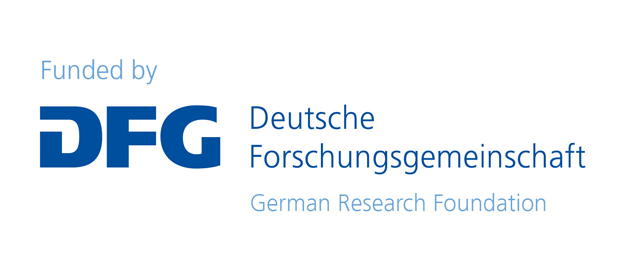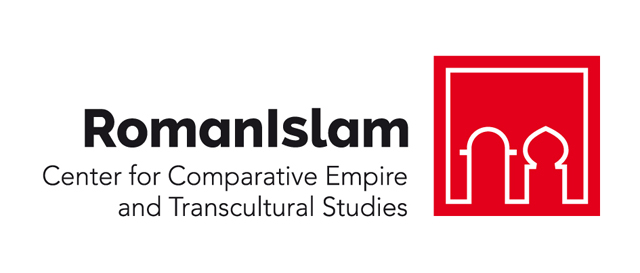Slavery in the Iberian Peninsula and Islamic North Africa
Slavery in the Iberian Peninsula and Islamic North Africa
Humans as property are a deeply ingrained feature of human societies since the rise of a monetary economy in the Ancient Orient. Jeffrey Fynn-Paul (2009) highlighted the entanglement between slavery, empire and salvation religions. Empire and salvation religion protect to a certain extent its free population and co-religionists from slavery. Thus in turn, the interior demand turns toward the empire’s exterior for the supply which then comes from tribes, city states, or small principalities. The different legal framework between the Roman and the Islamic Empires resulted in quite different conditions for the slaves and consequences for the societies.
Where did slaves work? The Roman and Islamic slavery is often contrasted: the one as agro-industrial and mineral extracting apart from ubiquitous domestic slavery while the other is described as overwhelmingly domestic, and military. But is this simple picture true? How did the institution change after the fall of the Roman Empire? Comparing both forms of slavery and their role in society and economy and a closer look on the Iberian Peninsula and North Africa may yield new answers.
The Transition from Roman to Visigothic Slaveholding in the Iberian Peninsula by Prof. Dr. Noel Lenski (Yale University)
 This lecture will survey the evidence for slavery and enslavement on the Iberian peninsula between the first century BCE and the eighth century CE. It will begin with an overview of the slaveholding practices of the Roman imperial period (C 1 BCE – C 4 CE) and the way that these saturated social and economic activity at the level of household and production. It will then turn to the practice of slavery in post-Roman Iberia (C 5 – 8 CE), which shows little abatement in terms of demographic prevalence but which did see shifts both in the sources for slaves and in the nature of their relationship to masters. Focusing on both continuities and changes, it will explain how developments in the economy and society that accompanied the introduction of a new cultural and legal system under the Visigoths contributed to important shifts in the nature and practice of slaveholding over time.
This lecture will survey the evidence for slavery and enslavement on the Iberian peninsula between the first century BCE and the eighth century CE. It will begin with an overview of the slaveholding practices of the Roman imperial period (C 1 BCE – C 4 CE) and the way that these saturated social and economic activity at the level of household and production. It will then turn to the practice of slavery in post-Roman Iberia (C 5 – 8 CE), which shows little abatement in terms of demographic prevalence but which did see shifts both in the sources for slaves and in the nature of their relationship to masters. Focusing on both continuities and changes, it will explain how developments in the economy and society that accompanied the introduction of a new cultural and legal system under the Visigoths contributed to important shifts in the nature and practice of slaveholding over time.

Noel Lenski is Dunham Professor of Classics and History at Yale University. He has worked extensively on ancient, late antique, and early medieval slavery and has published What is a Slave Society? The Practice of Slavery in Global Perspective (Cambridge University Press 2018), co-edited with Catherine M. Cameron. He is currently working on a translation and commentary of the Visigothic law code, the Liber Iudiciorum.
Continuities in Agricultural Slavery from Roman to Islamic North Africa by Prof. Dr. Kristina Richardson (University of Virginia)

In the fourth century the legal status of the colonus, an agricultural laborer, became more restricted, falling into "a de facto third legal class of persons halfway between free and slave." (Noel Lenski, "Peasant and Slave," 132) A 393 law declared that the coloni "shall be considered as slaves of the soil on which they were born" (servi terrae ipsius cui nati sunt aestimentur). (cited in Lenski, 133).
I will argue that the figures of the ʿabd qinn (a slave for life who could not be manumitted or sold), raqīq al-arḍ (literally, "slave of the soil") and jāliyah (a fugitive agricultural laborer) are analogous to the coloni. An integrated reading of these terms strongly suggests continuities in the legal institution of agricultural bondage from the late antique Roman North Africa into the early Islamic period.

Kristina Richardson is the John L. Nau III Professor of History and Middle Eastern & South Asian Languages and Cultures at the University of Virginia. She specializes in histories of non-elite groups in the Middle East. She is the author of two monographs: Difference and Disability in the Medieval Islamic World (2012) and Roma in the Medieval Islamic World: Literacy, Culture, and Migration (2022). This last one was awarded the 2022 Dan David Prize, the 2023 Monica H. Green Prize for Distinguished Medieval Research from the Medieval Academy of America, and Honorable Mention for the 2023 Middle East Medievalists Book Prize. She also co-edited the Notebook of Kamāl al-Dīn the Weaver in 2021. She is currently writing a book on free and unfree South Asian and East African agricultural laborers in early Islamic Iraq. Her work has been supported by the National Endowment of the Humanities, the Marie Curie Foundation, the Mellon Foundation, and the City University of New York.


